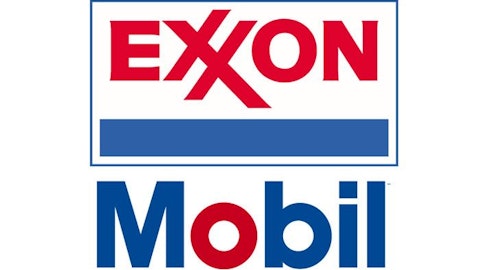The market has been selling off due to fears about rising interest rates lately, and some media outlets have been fueling the panic by making all kinds of dire predictions about the stock market and the economy. But long-term investors in high quality companies have no reason to fear; if anything, falling stock prices should be seen a buying opportunity.
Investing vs. trading
Understanding the difference between investing and trading is of utmost importance when it comes to making the right decisions in times of uncertainty. A stock is simply a piece of a business, and investing is about analyzing the fundamentals of that business in order to allocate your capital in the best way possible.
Diversification and other risk control policies are relevant to the investing process, but investing in public companies shouldn´t be much different to investing in private businesses. The fact that the price changes every day doesn´t mean you should necessarily make any decisions based on those fluctuations.
Nobody would be willing to sell a stake in a private business only because the price, meaning the amount of money that someone else paid for a share of that business, has gone down recently. On the contrary, provided the company is still going strong, market fluctuations may provide a compelling buying opportunity.
Interest rates and fundamentals
In some sectors, interest rates can have a significant impact, especially when it comes to financial companies. Banks and insurance companies usually hold considerable exposure to fixed income assets, so rising rates and falling bond prices can have negative effects on their balance sheets. On the other hand, once interest rates stabilize at a higher level, profitability usually increases because these companies benefit from a higher spread between short term and long term rates.
Wells Fargo & Co (NYSE:WFC) has positioned itself as the clear leader in the US mortgage market: the company originated a whopping $109 billion in mortgage loans in the first quarter of 2013. Rising mortgage rates as the Federal Reserve stops purchasing mortgage-backed assets could hurt Wells Fargo in the middle term, but it would also allow the bank to achieve higher margins on future loans.
Led by CEO John Stumpf, Wells Fargo & Co (NYSE:WFC) has arguably the best management team in the industry; the bank has a simple, low-risk business strategy which allowed it to get through the financial crisis in 2008-2009 practically unscratched. The possibility of rising interest rates shouldn’t come as a big surprise to Wells Fargo & Co (NYSE:WFC) and its knowledgeable management team, so the bank should be well prepared for this scenario.
At the end of the day, the value of a company goes well beyond what may happen in the next few quarters, and Wells Fargo & Co (NYSE:WFC) is in an enviable position to continue benefiting from the real estate recovery for years to come.
A bubble in fear
The big fear is that the ultra-low interest rates over the last few years may have produced a bubble in stock prices by fostering excessive risk taking. This may be true in some particular cases, but you just can´t say there is a stock market bubble without looking at specific companies, their fundamentals and valuations.
Apple Inc. (NASDAQ:AAPL) for example is trading at a P/E ratio around 9.6, this is the cheapest the company has been in a long time. iPhone growth has materially slowed down, and the company needs to prove to investors and consumers that it can continue delivering game-changing, innovative products, but all this pessimism is looking a bit excessive.
There are some good things going on in Cupertino too: iPad unit sales increased by a remarkable 65% annually in the last quarter, and iTunes revenue grew by 30% as Apple Inc. (NASDAQ:AAPL) continues expanding international availability and broadening its catalog. Besides, Tim Cook has announced new product categories, not just new versions of existing products, in the middle term.






